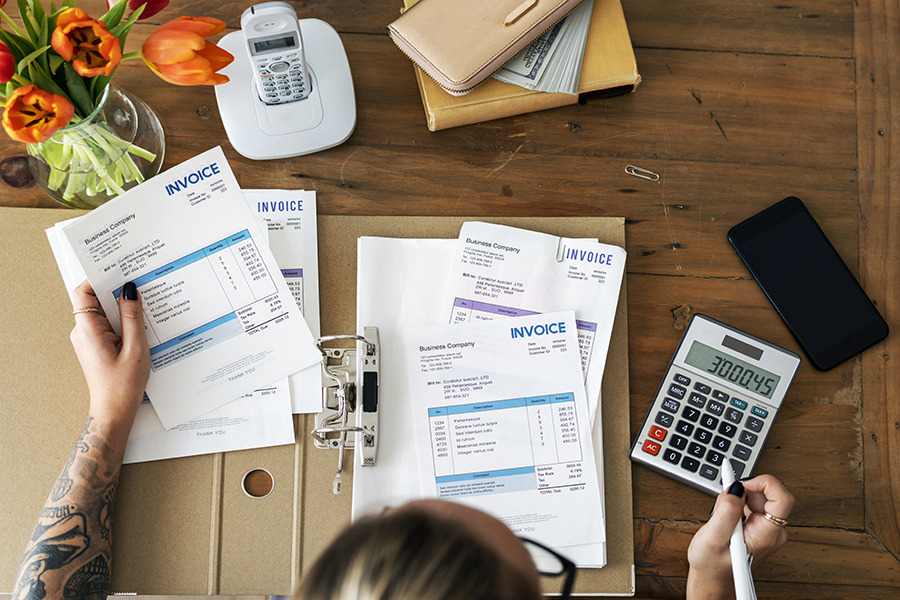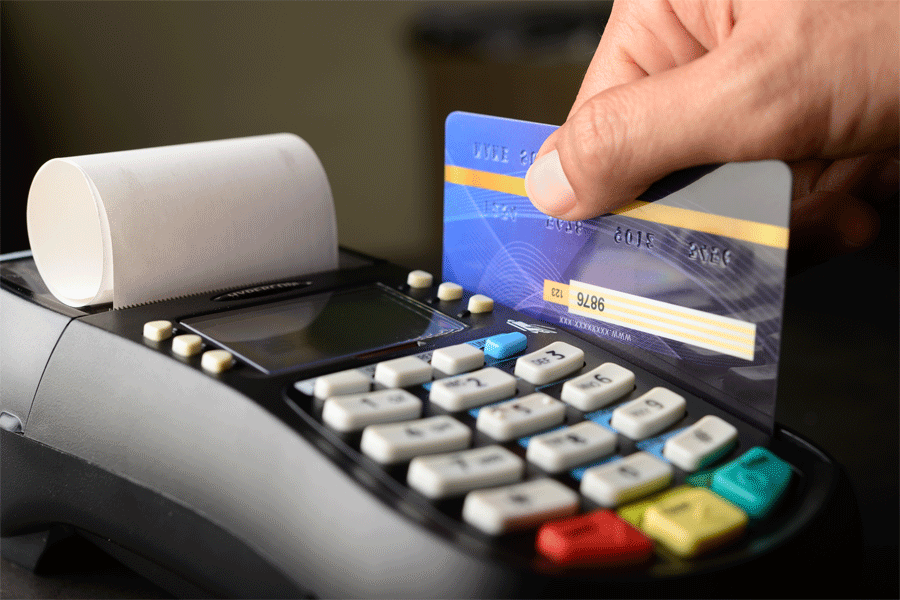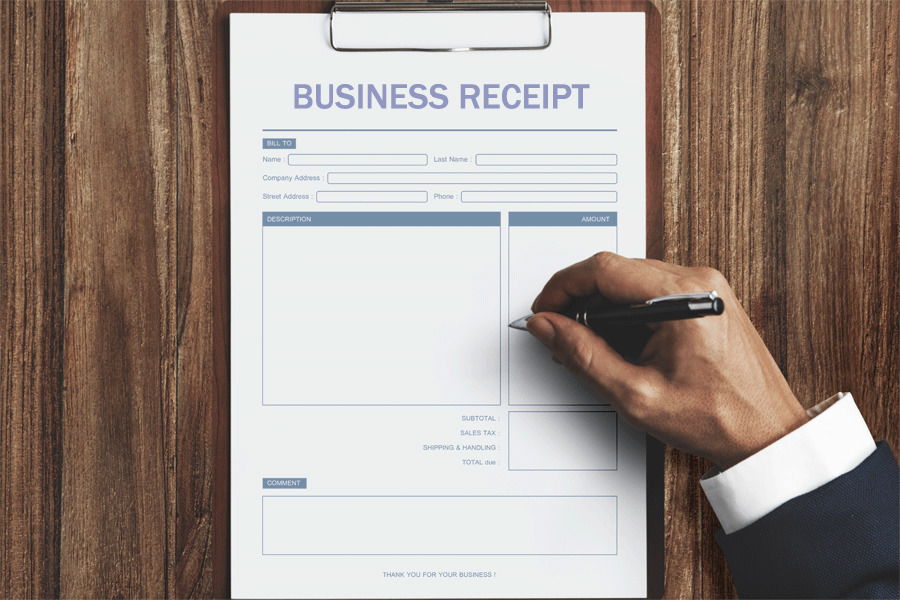A Car Sale Receipt also referred to as an automobile sale invoice, Auto Bill of Sale, Car dealership receipt, or Vehicle Sale Receipt, is a document given to the buyer after it has been sold.
The receipt outlines the sale of the automobile, including information like purchase price, taxes paid, and a list of options. In addition, the receipt allows the buyer to verify that ownership has been transferred and is often part of an auto title transfer.
The purpose of it is to provide both parties with proof that the vehicle has been purchased from the seller. In addition, the receipt allows both parties to keep track of details about the transaction. This documentation is a requirement for selling a vehicle in most states and may be necessary for resale or insurance purposes.
Car Sale Receipt Templates
When buying or selling a car, it is essential to have a receipt. With the many details that need to be included in the sales receipt, it is better to have a car sale receipt template. It is simply a pre-made version of a receipt and can be used as a guide for writing all the details required.
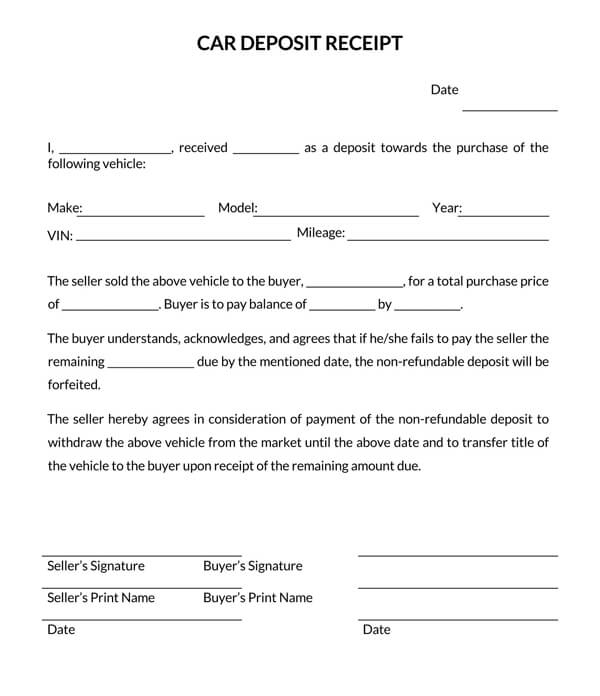
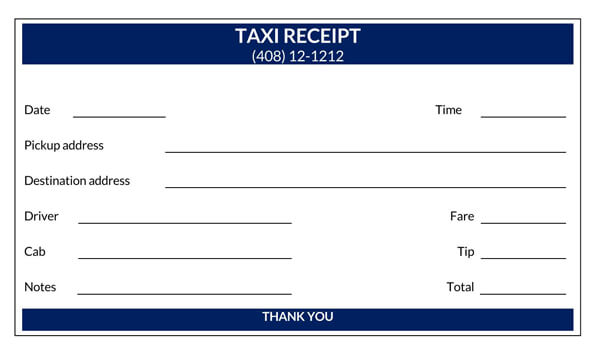
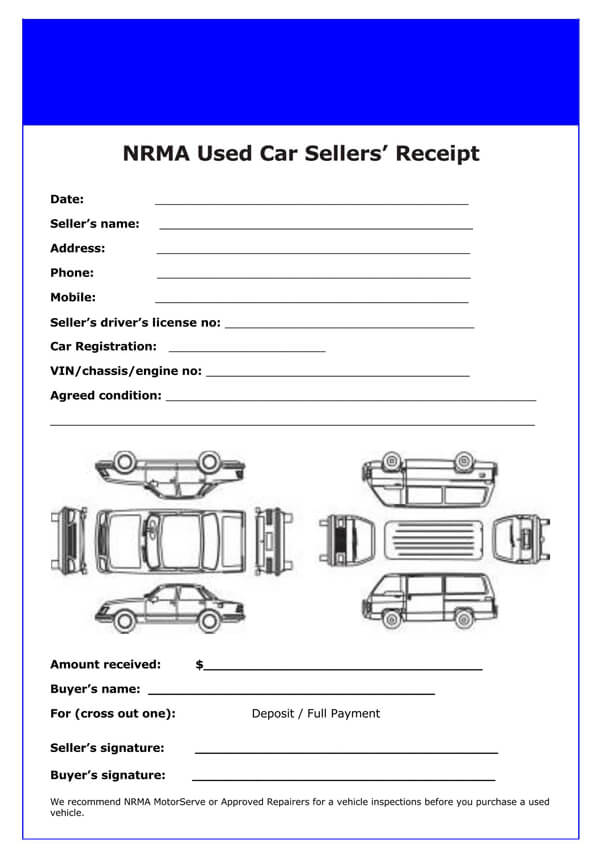
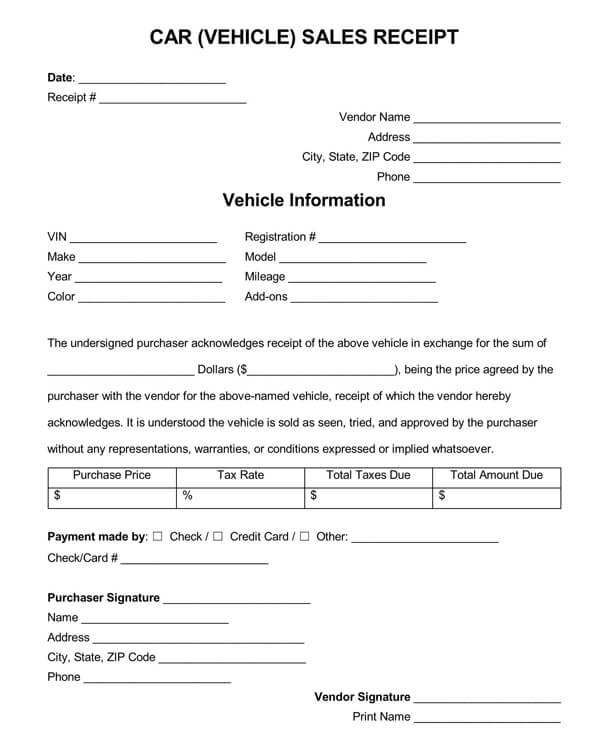
Importance of Car Sale Receipt
The primary purpose of the receipt is to record the details about the sale of the automobile. It serves as proof of sale and provides essential information to the buyer for future reference. It also includes details about any warranties or guarantees offered by the seller. Thus, if there are any issues with the vehicle after being purchased, they will have all the relevant information to make a claim.
They also serve as proof of transfer of the car from the seller to the buyer. The DMV (Department of Motor Vehicles) requires this document to register the car in the buyer’s name. The buyer can also use the car receipt as proof of purchase should there be any disputes over the transfer of ownership.
Lastly, it can be used to claim insurance benefits if the vehicle is damaged or stolen. The insurance company will require that document be presented before paying out on any insurance claim(s). They will want to check and confirm that you are the legal owner of the vehicle.
What to Include in the Receipt?
The receipts can be customized depending on the requirements of the seller and buyer. However, there are a few standard pieces of information that will need to be included in most cases:
- Details of Car
- Seller’s Details
- Buyer’s Details
- Details of Sale
- Acknowledgment
note
There are various ways to obtain a Car receipt template; one way to do this is by creating a sales receipt with a simple sheet of paper and a pen or using computer software such as MS Word and printing it out. Regardless of the method you use, ensure that all the components are adequately captured in the document.
How to Make a Car Sale Receipt
The receipts are essential as they provide proof of sale. In addition, the receipt records the information about the automobile that has been sold, including its make, model, year, etc. It is an essential part of the documentation for buyers and sellers alike.
Here is how to prepare a car sale receipt:
- Write the current date and receipt number: Start by writing the date and receipt number on the receipt. The purchase date helps the buyer to file their annual vehicle registration and licensing with the State.
- Write the names and contact information of both the seller and the buyer: The next thing to include in the receipt template is the names of both the seller and the buyer. First, list down their names and contact information.
- Description of the vehicle: A description of the vehicle should also be included in the receipt. Under this section, the following should be mentioned:
- Vehicle Identification Number: The car’s identification number can be found on the dashboard of the vehicle
- Make: The make of the car can be identified by looking at the badge on the grill or near the door handle.
- Model: The model of the automobile can be recognized easily by knowing its’ make.
- Manufacturer Year: The manufacturer’s year is a number that represents the year in which the car was manufactured. This number can be found stamped on a metal plate located on the firewall of the engine block.
- Color: The car’s color can be written next to the year, make, model, and manufacturer.
- Registration Number: The car’s registration number can be found on a metal plate attached to the windshield above the rear-view mirror.
- Mileage: The vehicle’s mileage should also be stated in the receipt, in kilometers or miles, depending on the country where it is being used.
- Add-ons: Any extra features of the car should be recorded here, including any extras such as air conditioning, alloy wheels, etc.
- Condition of the car: The car’s condition should also be mentioned in the receipt. This includes whether the car is new, used, or refurbished. In addition, the condition of the car can be indicated by writing its overall condition, including any dents, scratches, or rust.
- Payment details: The receipt should also include information on how the payment has been made. Items that should be covered under the payment details section include:
- The agreed price of the vehicle: The car’s sale price in dollars or local currency should be included in the receipt.
- Add tax details: Write the acquisition price, tax rate, total taxes due, and total amount due. The receipts should also include information on the vehicle’s current market value or book value if there is a difference between these two values.
- Identify payment medium: The payment medium should be included in the receipt, which can be cash or cheque.
- One-time payment/installments: Information on whether the vehicle is being paid for in one go or if it has been bought as an installment deal. If this is part of an installment deal, the number of installments, the amount of each installment, and the date on which the transaction will be completed should be included in the receipt.
- Signatures of the Seller and Buyer: To ensure that all information has been captured correctly and make the sale official, both parties should sign this section upon receiving a copy of the receipt.
Frequently Asked Questions
A car sale receipt is official documentation of when and how a person acquired ownership of a motor vehicle. Therefore, you must keep this and other related documents and provide them to your DMV during the documentation of change of ownership or to your insurance company when you need to file for a claim.
A basic car receipt should include vehicle make, model, year, VIN; the buyer and seller’s name and address; amount paid; date, and place of sale. It should also include basic tax information, including acquisition price, tax rate, and total taxes due.
The sale receipt proves when and how a person has acquired ownership of the vehicle, which is vital to both the purchaser and the State if any traffic violation or accident occurs. The State needs this information for its records, while individuals need it to prove their legal standing as owners.



